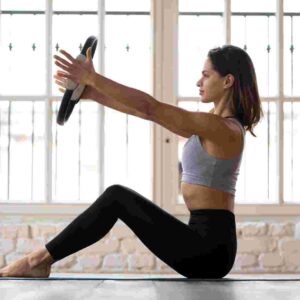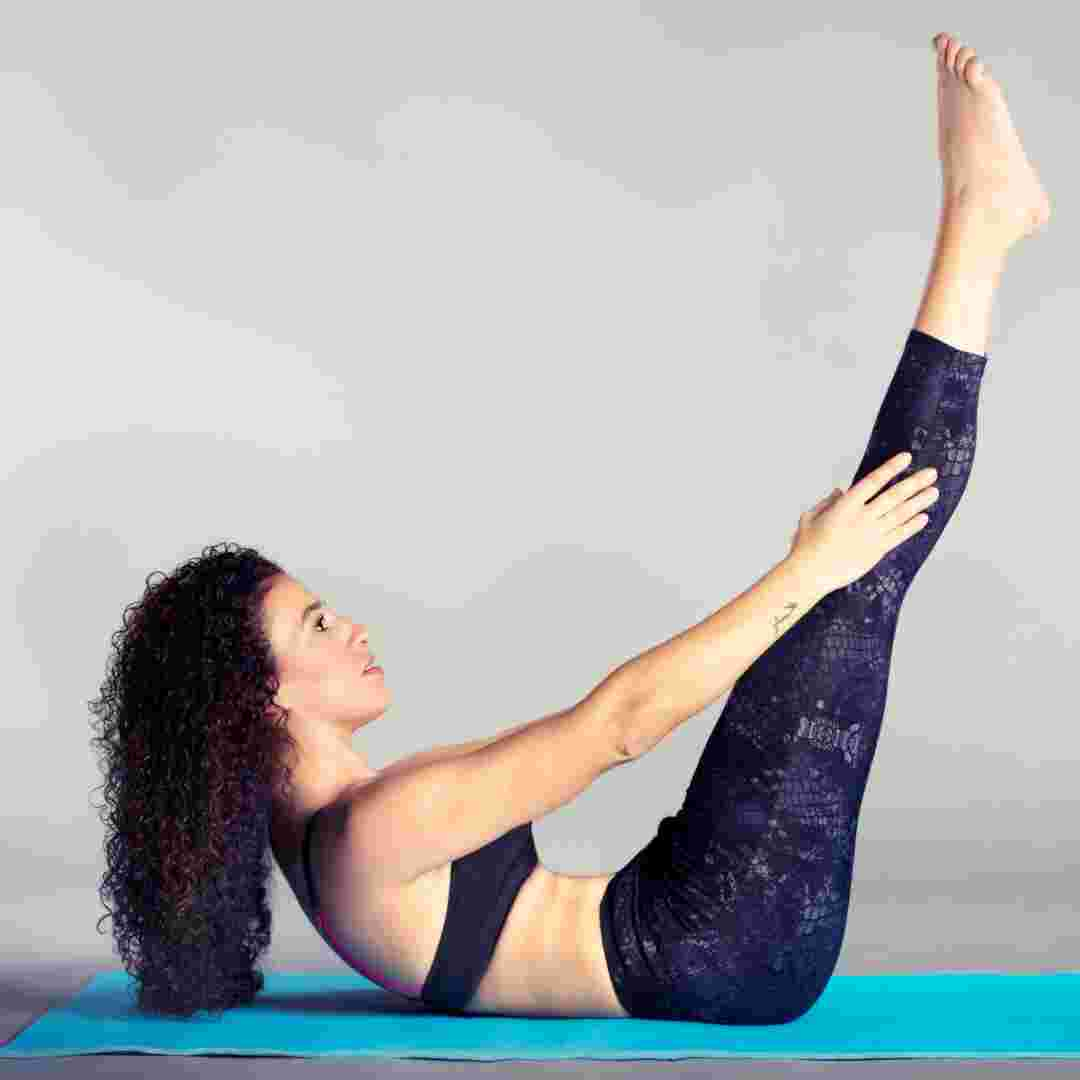Contents Table
Introduction
Similarities between Pilates and Ballet
Pilates' Benefits for Ballet Dancers
Use Ballet Techniques in Pilates
Q&A
Conclusion
: "Pilates and ballet share similarities in their focus on precision, control, and grace."
Introduction
Pilates and ballet are often compared since they emphasise posture, alignment, and control. They share some tactics and purposes, but they also differ. This essay will compare Pilates with ballet and explain their differences.
Similarities between Pilates and Ballet
Recently popular exercises include Pilates and ballet. Both look very different, but they have numerous commonalities. Pilates and ballet build strength, flexibility, and control. This essay will compare Pilates with ballet and how they might compliment one other.
The emphasis on posture and alignment in Pilates and ballet is clear. Ballet dancers stand tall with their shoulders down and core engaged. Pilates teaches neutral spine and core engagement during each exercise. This alignment and posture attention improves body awareness and prevents injuries.
Other similarities between Pilates and ballet include controlled movements. Dancers in ballet must move gracefully and precisely. Pilates involves slow, controlled movements that need concentration. This control focus builds bodily strength and stability.
Ballet and Pilates focus the legs, hips, and core. Ballet dancers strengthen and tone these areas via pliés, relevés, and grand battements. These muscles are targeted by leg circles, bridges, and the hundred in Pilates. Pilates and ballet strengthen these areas, improving posture, balance, and stability.
Ballet and Pilates have mental and physical benefits. While both types of exercise demand concentration, they can alleviate stress and increase mental clarity. Ballet requires memorising choreography and performing in front of an audience, which boosts confidence. Pilates emphasises breath and movement, which can reduce anxiety and promote awareness.
Pilates and ballet have numerous parallels but also important distinctions. Mastering ballet takes years of training and practise. Pilates, however, is suitable for all ages and fitness levels. Both ballet and Pilates enhance strength, flexibility, and control, but ballet emphasises creative expression and performance, whereas Pilates emphasises health and wellness.
Pilates and ballet can compliment one other despite their differences. To increase strength, flexibility, and control, many dancers do Pilates. Many Pilates practitioners find that adding ballet-inspired routines to their workouts adds diversity and challenge.
In conclusion, Pilates and ballet emphasise on good alignment, posture, controlled movements, and leg, hip, and core muscles. Better focus and stress reduction come from both types of exercise. Pilates and ballet can be combined into a well-rounded exercise routine despite their variances. Dancers and Pilates practitioners can combine their methods to reach their fitness objectives and improve their health.
Pilates' Benefits for Ballet Dancers
Pilates and ballet are similar exercises. They need lots of control, balance, and flexibility. Ballet dancer and gymnast Joseph Pilates created Pilates. He developed the exercises to assist dancers build strength, flexibility, and avoid injuries.
Pilates is wonderful for ballet dancers. Improved core strength is a major benefit. Your core muscles are in your belly, back, and pelvis. These muscles are necessary for balance and posture. Ballet requires a strong core for precision and control. Ballet dancers can enhance their technique and avoid injury with Pilates core strengthening exercises.
Ballet dancers gain flexibility via Pilates. Ballet requires strong leg and hip flexibility. Stretching and lengthening muscles with Pilates improves flexibility. This can assist ballet dancers increase their range of motion and performance.
Ballet dancers can improve balance using Pilates. Balance is crucial in ballet, especially while moving one leg. Pilates strengthens body-supporting muscles, improving balance. Ballet dancers can feel more solid and confident when completing difficult movements.
Pilates helps ballet dancers focus and concentrate in addition to their physical health. Pilates requires intense concentration, which can assist ballet dancers build mental discipline to perform well. This helps dancers focus and be present during performances.
Pilates can improve ballet dancers' training. Balance, core strength, flexibility, and mental attention can improve. Ballet dancers can do Pilates alone or as part of their warm-up or cool-down. Many ballet companies and colleges provide dancer-specific Pilates classes.
Although Pilates and ballet are similar, they are different. Ballet demands skill and artistry, whereas Pilates strengthens and stretches muscles. Ballet dancers can improve their physical and mental performance with Pilates.
Finally, Pilates can help ballet dancers gain strength, flexibility, balance, and mental focus. Ballet dancers can improve performance and avoid accidents by doing Pilates. Pilates and ballet are different yet complement each other. If you want to improve your ballet training, try Pilates.
Use Ballet Techniques in Pilates
Recently popular exercises include Pilates and ballet. Both look very different, but they have numerous commonalities. Ballet exercises can improve your Pilates workout and outcomes.
Core strength is a common theme in Pilates and ballet. Both workouts demand a strong core to accomplish properly. Pilates exercises like the plank and the hundred develop the core, whereas ballet techniques like the arabesque and grand plié demand a strong core for balance and control.
Both Pilates and ballet emphasise posture and alignment. Pilates requires perfect alignment for safe and effective workout. Ballet requires precise alignment for graceful movements. Ballet methods in Pilates help enhance posture and alignment, improving body mechanics and reducing injury risk.
Ballet barres are an efficient way to introduce ballet elements into Pilates. Ballet relies on the barre for leg and footwork support. The barre may offer variety to your Pilates routine and target different muscle areas.
Classic ballet moves like the plié can be used in Pilates. Stand facing the barre with wide feet and gently rested hands to perform a Pilates plié. Bend your knees and lower yourself to the floor, maintaining your core engaged and back straight. Hold for a few seconds, then slowly raise to the starting position. Repeat numerous times, focusing on alignment and core engagement.
Another ballet technique that can be used in Pilates is the relevé. Raise yourself on your toes and hold for a few seconds before lowering. A Pilates ball or other prop can be used to increase resistance to the relevé and challenge the lower legs and feet.
Ballet-inspired Pilates can boost flexibility and range of motion. Ballet dancers are graceful and flexible, and many of their movements demand hip, leg, and foot flexibility. Ballet stretches and exercises in Pilates can enhance flexibility and range of motion, improving performance and reducing injury risk.
Conclusion, Pilates and ballet are similar exercises despite their apparent differences. Ballet methods can improve your Pilates workout and results. Pilates beginners and experts can benefit from adding ballet-inspired moves to their routines to enhance core strength, posture, alignment, flexibility, and range of motion. Why not try ballet moves in your Pilates practise to see how it benefits your body and mind?

Q&A
1. Does Pilates resemble ballet?
Pilates and ballet have comparable motions and approaches.
2. How are Pilates and ballet alike?
Pilates and ballet use controlled movements and alignment to build strength, flexibility, and balance.
3. Are Pilates and ballet different?
Although Pilates and ballet have certain similarities, their goals and focus are distinct. Ballet emphasises grace, elegance, and expression, whereas Pilates improves physical health and well-being.
Conclusion
Conclusion: Ballet and Pilates emphasise posture, alignment, and core strength. However, they have different purposes and methods. Pilates emphasises functional movement, injury prevention, and conditioning, while ballet emphasises grace, fluidity, and artistic expression.


